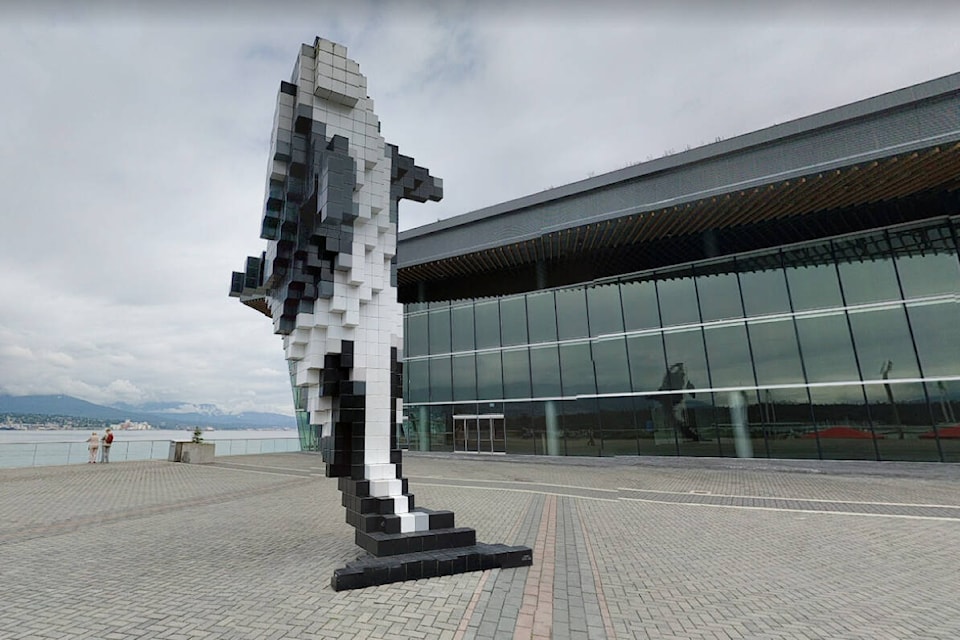A White Rock City initiative to study creating inviting cultural/economic public spaces in the city has been given the green light to conduct a second workshop and report back to council.
At the June 27 council meeting Coun. Anthony Manning reported on the initial ‘placemaking’ workshop conducted by staff and including representatives of the city’s economic development, public art and arts and culture committees.
And council members, with the exception of Coun. Erika Johanson – who said the workshop went against established city rules for committees – voted in favour of Manning’s motion to continue with another workshop and authorize a subsequent report to council.
The June 3 virtual meeting, chaired by former manager of cultural development Elizabeth Keurvorst, explored the concept of placemaking – which has been described as an evolving field of practice in urban design and planning, one which involves using arts, culture and creativity to create appealing, people-friendly, public spaces.
READ ALSO: City of White Rock seeks arts components in new development
“This grew out of a presentation that Chris Zota, our IT manager, gave us, ” Manning told Peace Arch News.
“Chris goes to a lot of seminars – many in the U.S. – and when he does he takes photos of interesting public spaces. For instance, on a recent trip to Denver, Colo., he discovered a lot of quirky little art displays. The idea is that we could work with property owners and local artists to create similar places here.”
The idea could go a long way to validating the city’s reputation as a pro-arts area, Manning said.
“We bill ourselves as a community that values the arts, where we can live and participate in the arts,” he noted.
“Placemaking can be a way to engage the community more and celebrate the artists who are here, as well as bring life to some less trafficked places.”
He said the first workshop identified three areas of White Rock most suited to the approach – the Johnston Road corridor from Uptown down to Five Corners; the hillside walking district from Columbia Street down to the waterfront; and the waterfront itself.
“For a town of 20,000, wedged into a land area of roughly six kilometres square, White Rock has a lot of of distinctly different areas,” he said.
“East Beach is distinctly different from West Beach, and Five Corners, I would say, stands alone as its own area. The ‘walking district’ is an interesting idea – there was some discussion in the meeting that even people in White Rock don’t know what it’s all about.”
While the committees for public art and arts and culture have distinctly different priorities, Manning added (one commissions works of public art for dedicated spaces in the city, while the other encourages arts and culture as key elements in city activities) they, like the economic development committee, can play complimentary roles in placemaking.
“And the businesses themselves can contribute to placemaking by commissioning art installations that might attract other businesses to an area – they can build on each other.”
The parameters for the kinds of art or installation that can contribute to placemaking are wide open, Manning said.
It could be an arresting piece of sculpture, he said – such as Douglas Coupland’s Digital Orca, a representation of a killer whale made up of black and white building blocks, that helps provide a focal point adjacent to the Tap & Barrel restaurant at Vancouver’s Convention Centre.
It could be a quirky or unusual arrangement of benches; a mural or series of murals, suspended lanterns or embellished windows that can add to otherwise commonplace commercial buildings, he said.
It could be simply an effective installation of lights, Manning added.
“Lighting is a very easy thing to do,” he said.
“The aim is to have spaces that are less ‘pedestrian’ – and more pedestrian-oriented,” he said.
alex.browne@peacearchnews.com
Like us on Facebook and follow us on Twitter
